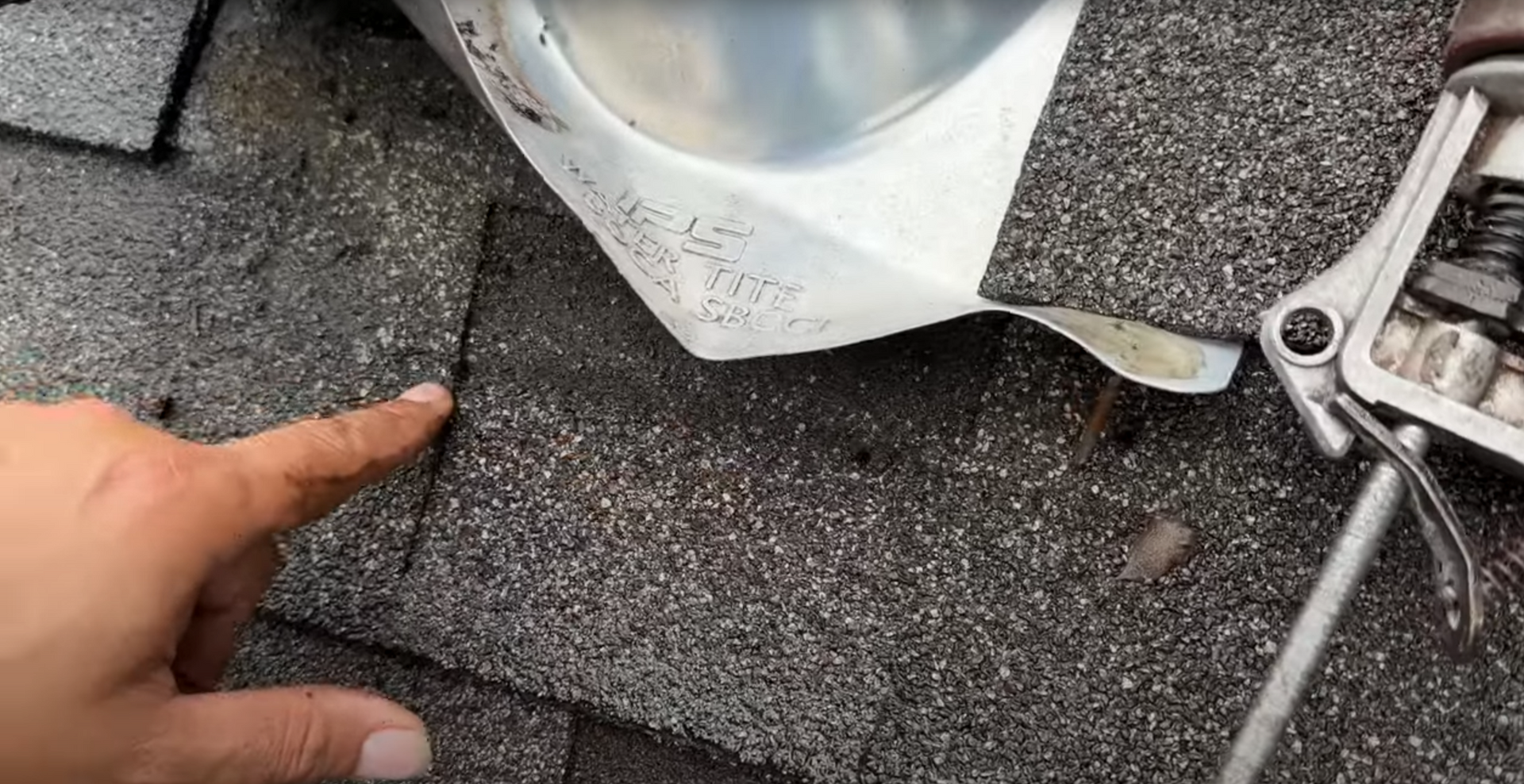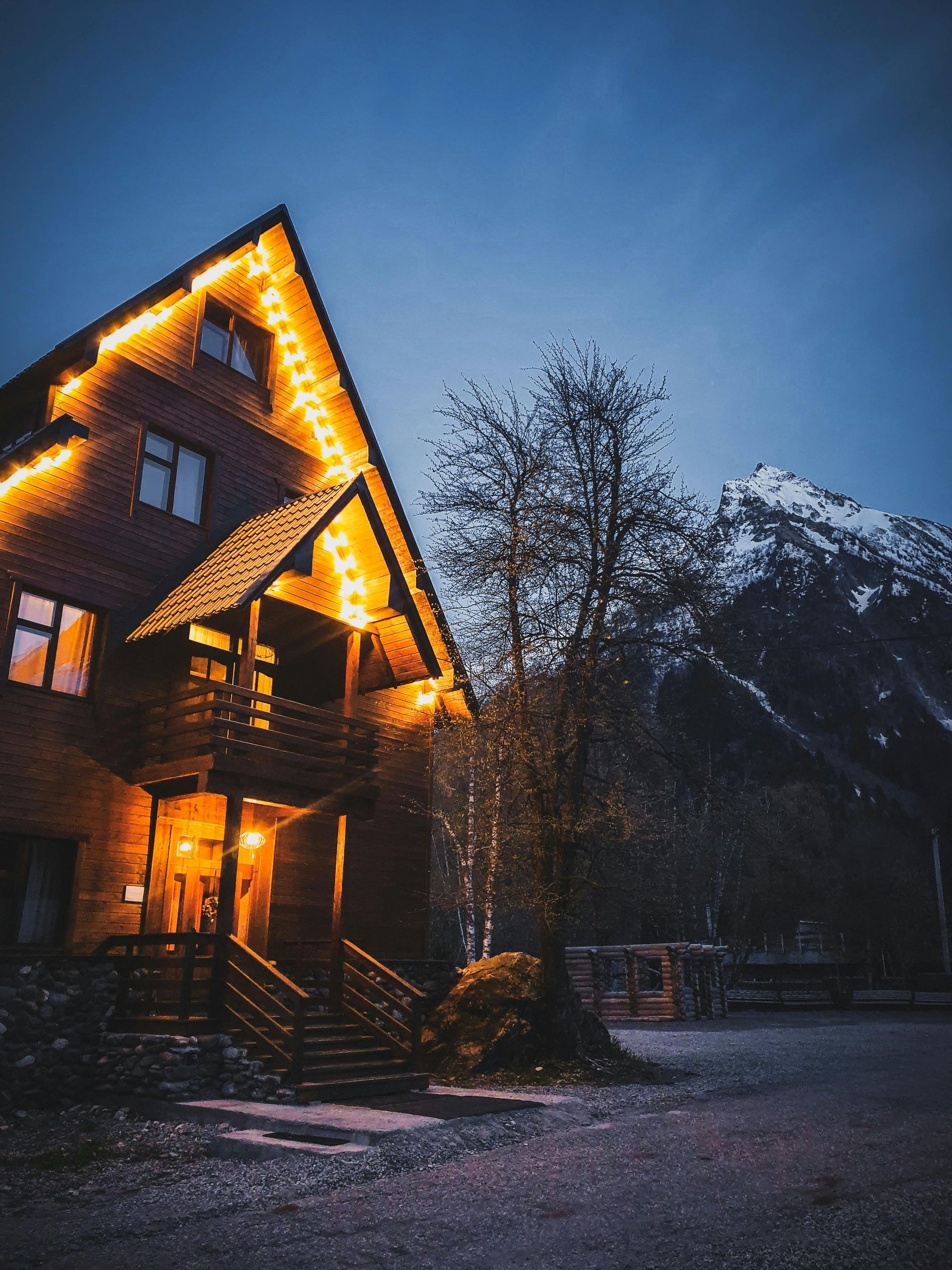How to Tell if You have a Roof Leak
Is Your Roof Secretly Leaking? The Homeowner's Guide to Spotting Hidden Water Damage

As a homeowner, protecting your investment is paramount, and one of the most crucial aspects of home maintenance is ensuring your roof remains in top condition. Roof leaks can lead to significant damage if left unchecked, with the average cost of roof repair in the United States ranging from $400 to $1,700, according to HomeAdvisor's 2023 data.
Understanding the Prevalence of Roof Leaks
Contrary to popular belief, roof leaks are more common than you might think. A study by the National Roofing Contractors Association (NRCA) found that 40% of all building-related problems are due to water intrusion, with roof leaks being a primary culprit. This statistic underscores the importance of regular roof inspections and maintenance.
Unexpected Signs of a Roof Leak
While most guides focus on obvious signs like water stains on ceilings, there are several lesser-known indicators that homeowners should be aware of:
a) Peeling exterior paint:
Moisture trapped in the walls can cause paint to bubble and peel.
b) Musty odors in rooms:
Even if you can't see water, a persistent musty smell could indicate hidden moisture.
c) Increased energy bills:
A leaky roof can compromise your home's insulation, leading to higher heating and cooling costs.
The Impact of Climate on Roof Leaks
Your geographical location plays a significant role in the likelihood and nature of a roof leak. For instance, homes in areas with frequent freeze-thaw cycles are 20% more likely to experience roof leaks due to ice dam formation, according to a report by the Insurance Institute for Business & Home Safety.
Technological Advancements in Leak Detection
Modern technology has revolutionized the way we detect roof leaks. Infrared cameras can now identify temperature differences that indicate moisture, even when it's not visible to the naked eye. Some professional roofing companies, like Graduate Contracting, utilize these advanced tools to provide more accurate assessments.
The Hidden Dangers of Small Leaks
Many homeowners overlook small leaks, but even a minor leak can lead to major problems. The Federal Emergency Management Agency (FEMA) reports that mold can begin growing in as little as 24 to 48 hours in a moist environment. This rapid growth emphasizes the importance of addressing leaks promptly.
DIY Inspection Techniques
While professional roof inspections are crucial, there are several DIY methods homeowners can use to spot potential leaks:
a) Attic inspection:
Use a flashlight to check for water stains, black marks, or sagging in the attic.
b) Garden hose test:
Have someone inside while you run water over different roof sections to pinpoint leak locations.
c) Shingle assessment:
Look for curled, cracked, or missing shingles from the ground using binoculars.
The Role of Proper Ventilation
Inadequate attic ventilation can exacerbate roof leak issues. The U.S. Department of Energy recommends 1 square foot of ventilation for every 300 square feet of attic space. Proper ventilation helps regulate temperature and moisture levels, reducing the risk of ice dams and prolonging roof life.
When to Seek Professional Help
While DIY inspections are valuable, certain situations call for expert intervention. If you notice any of the following, it's time to contact a professional roofing company like Graduate Contracting:
- Multiple or persistent leaks
- Signs of structural damage
- Leaks after severe weather events
- Mold or mildew growth
Conclusion:
Spotting a roof leak early can save homeowners thousands of dollars in repairs and prevent potential health hazards. By staying vigilant and understanding the less obvious signs of a leak, you can protect your home and your family. Remember, when in doubt, don't hesitate to seek professional assistance to ensure your roof remains in optimal condition.


